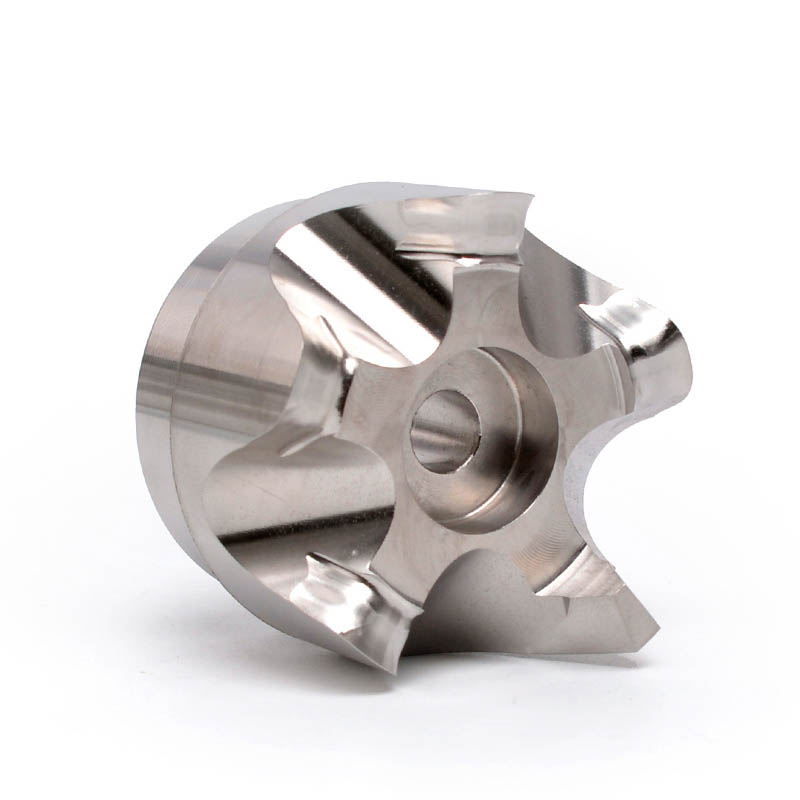
Milling and Lathe Turning are fundamentally similar processes that use subtractive manufacturing to create the desired output. However, they differ in process. While CNC milling involves holding the source block of material steady while the tools move to cut it into shape, the CNC lathe process involves holding the tools steady while the block is moved to get the desired output. Let us understand the difference between CNC Mills and CNC Lathes in detail.
We all have used duct tape or at least seen someone use it. If you need a piece of tape, you can pull out as much as you need, hold it steady, and use a pair of scissors to cut at the desired length. On the other hand, you can use a duct tape cutter where you pull the tape up to the desired length and then tug at it sharply for a stationary blade to cut through. This is the simplest way to explain the difference between a CNC Lathe and CNC Mill. The primary difference between a CNC Milling Process and CNC Lathe Process is the way the part and machine rotate.
While the difference is subtle, it allows them to create specific objects. A CNC Conventional Lathe is good for creating objects that are symmetrical and uniform across a cylindrical or conical surface. Some examples are knobs, disc cams, crankshafts, screws, etc. CNC Milling helps create flat surfaces, create pockets and grooves, and drill deep holes across a wide range of objects.
CNC Mills and CNC Manufacturing Lathes are ideal for different outputs. Hence, to choose the right option for your needs, it is important to consider your requirements and analyze the design carefully. PRPTP MFG offers a range of tools to help you leverage the power of CNC Machining into your operations. For Milling and Lathe Turning machines, we have partnered with one of the top industry leaders in CNC Manufacturing. HAAS CNC. We also offer CNC machine pairing with additive manufacturing tools and robotics and provide training to help users use these machines to their utmost capacities.